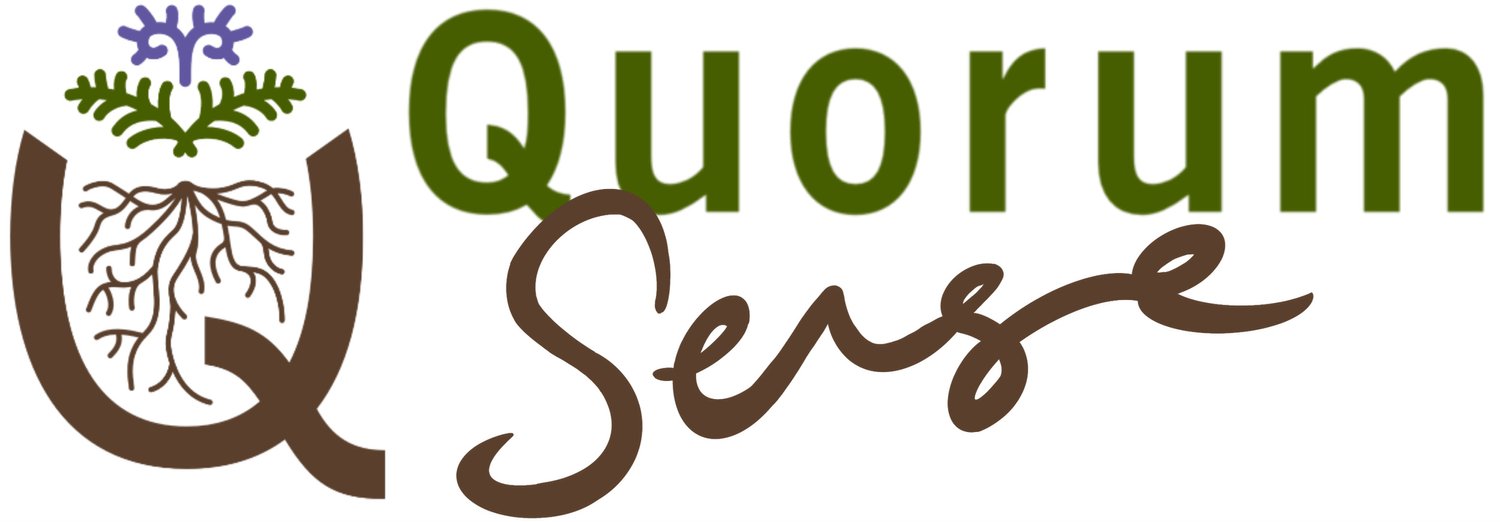Growing healthy crops
Developing a biological / regenerative system requires a mindset shift around what we consider to be a healthy plant, and how we can achieve that. Canterbury arable farmer Nigel Greenwood how he uses a range of approaches to meet the growing crop’s nutrient requirements.
Video description: Nigel Greenwood explains how he uses both cover crops and a mix of solid and foliar fertilisers to provide what his soils cannot deliver.
More on growing healthy crops
Nigel Greenwood: The shift to more ‘biological’ inputs
Nigel uses cover crops to mobilise and cycle nutrients such as phosphate, combined with soil and plant testing to determine crop fertilser requirements, and a mix of solid and foliar fertilisers to provide what his soils cannot deliver.
Some key takeaways:
Nigel’s fertiliser programmes are very paddock and crop specific
He has had great results using ‘nutrition from the sea’ such as fish hydrolysate and kelp products
The combination of approaches helps keep nitrogen inputs relatively low
Nigel advises that farmers are careful when starting out with foliar fertilisers as high product rates or poor timing can shock and damage crops
Nigel’s first leaf tests for cereals are usually around growth stage (GS) 18 to inform any foliar applications before GS21 (when seed numbers are locked in). Subsequent tests and foliars are targeted to seed size and health.
Nigel’s biological inputs:
At sowing Nigel often uses a combination of TrichoStart (trichoderma), Contego Turf and Contego ST
He also uses a kelp product called Zelp as a foliar
Both David and Nigel use fish hydrolysate in some of their programs - usually Biomarinus Biological or Biomarinus Organic which both have added biology
“For me it’s keep learning, keep sharing, keep trying… there’s no limit to plant health is there?”
Nigel Greenwood, Canterbury arable farmer
Related content on: plant health, plant nutrition
Disclaimer: The information, opinions and ideas presented in this content is for information purposes only and does not constitute professional advice. Any reliance on the content provided is done at your own risk. (click here to view full disclaimer).







